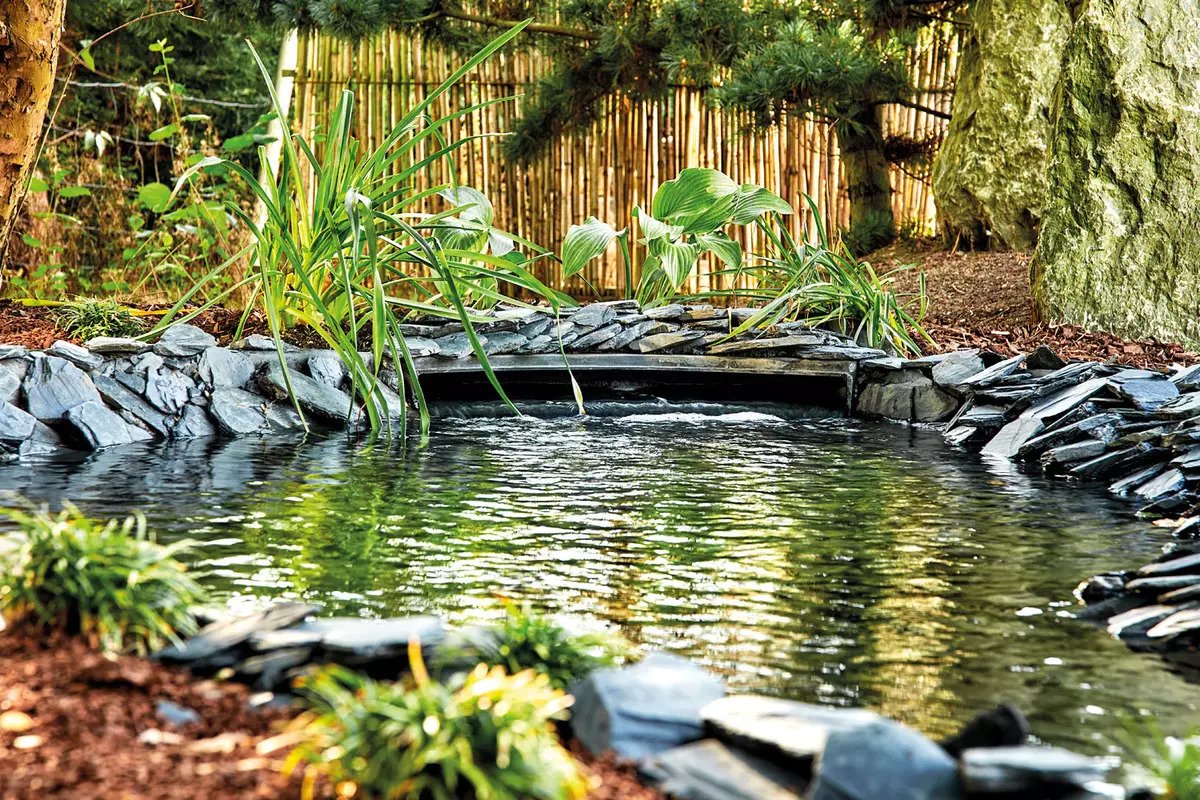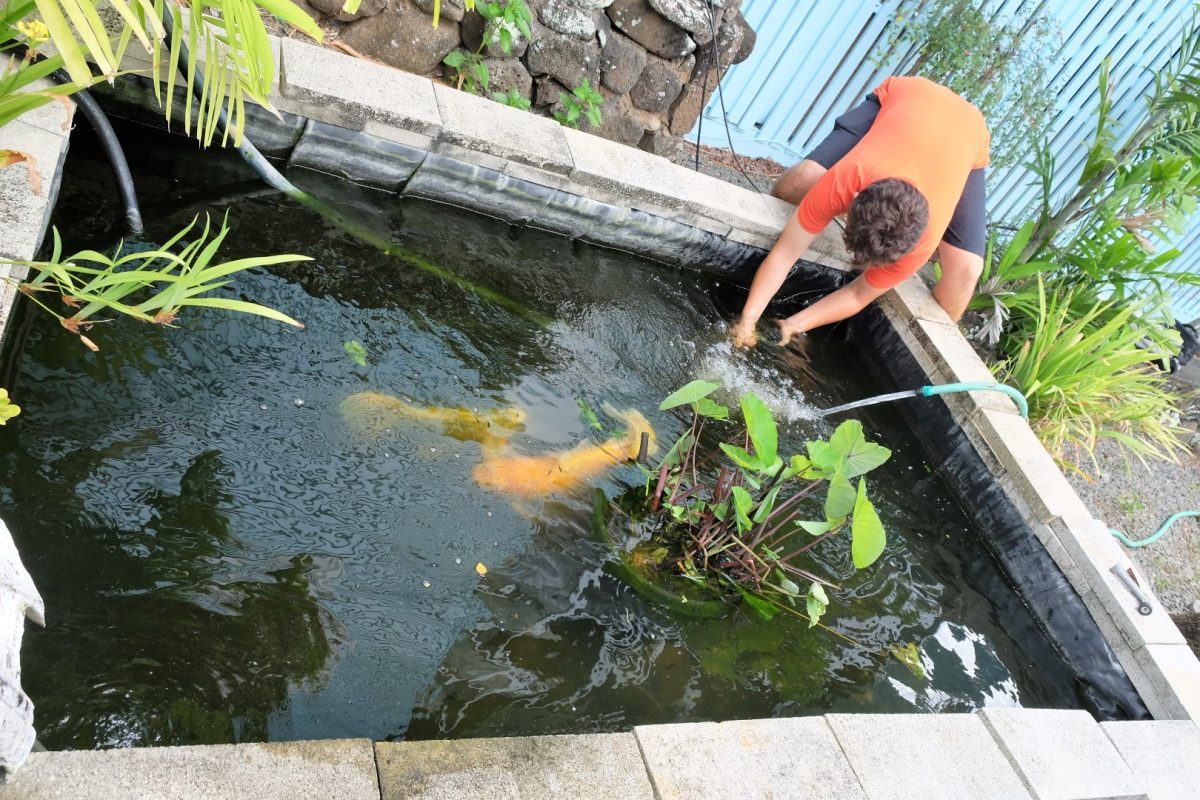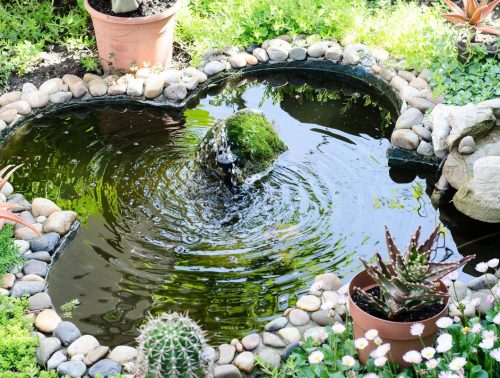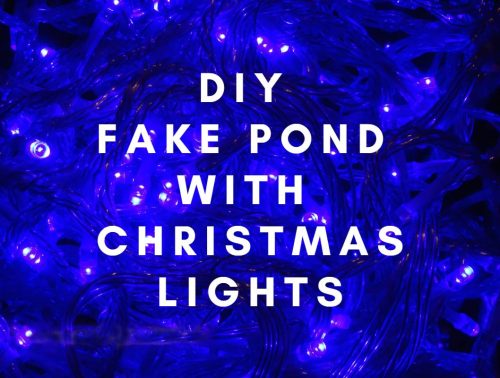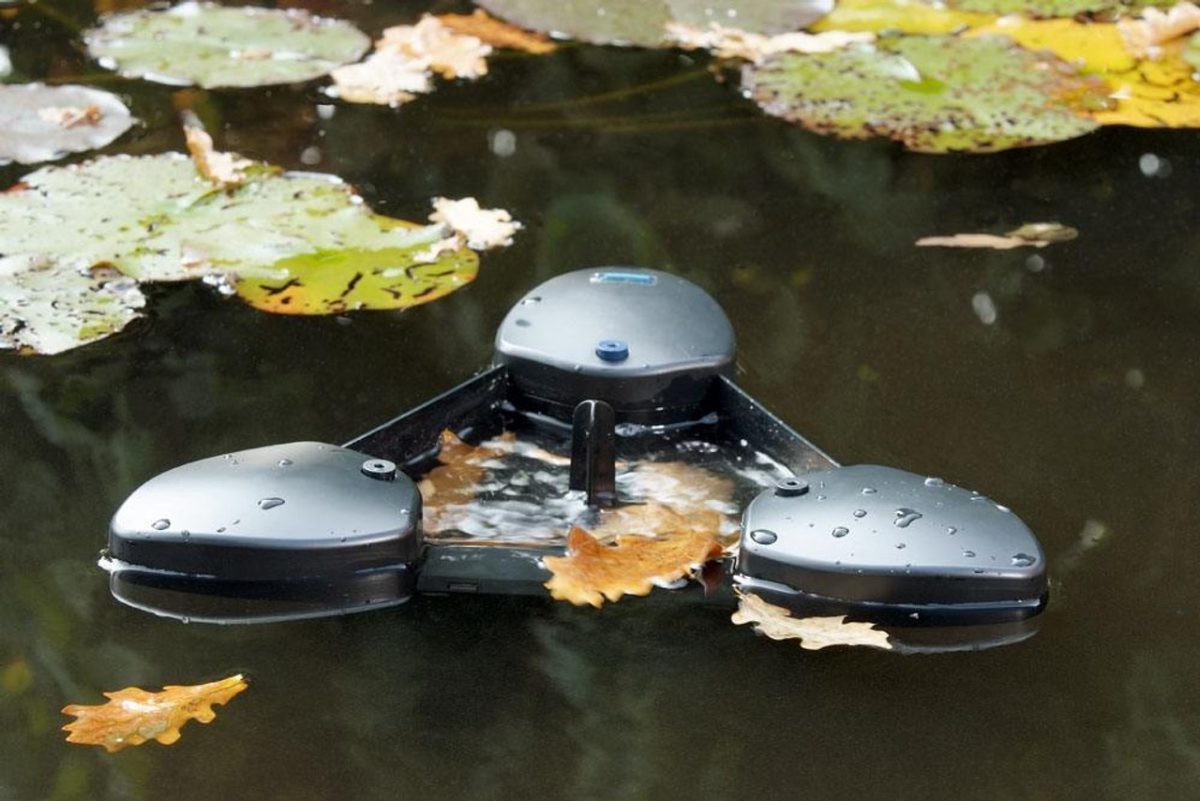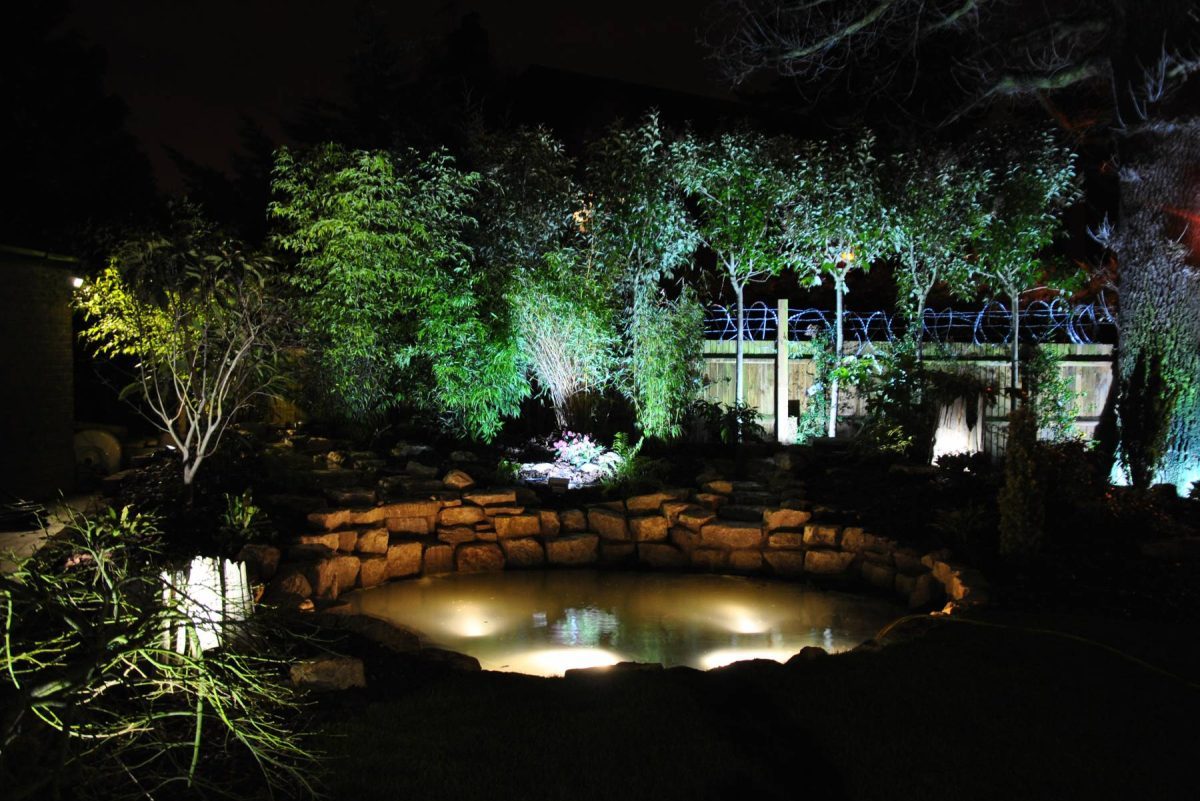How AI Can Finally Get Your Dream Pond Funded (Without the Bank Runaround)
RadCred explains how AI loan matching connects your dream pond with the right financing in minutes—no more endless bank visits or confusing paperwork. Building a backyard pond shouldn’t mean draining your savings or spending weeks comparing loan options. AI technology now analyzes your specific pond project ideas, financial situation, and credit profile to instantly match you with lenders eager to fund water features. This smart approach eliminates the guesswork from financing, presenting personalized loan options tailored to whether you’re installing a small wildlife pond or creating an …


